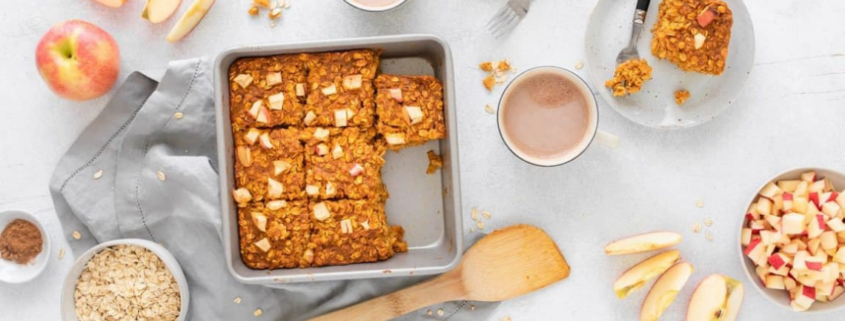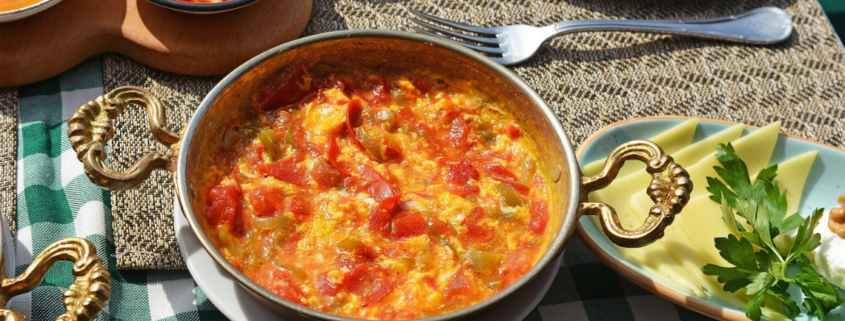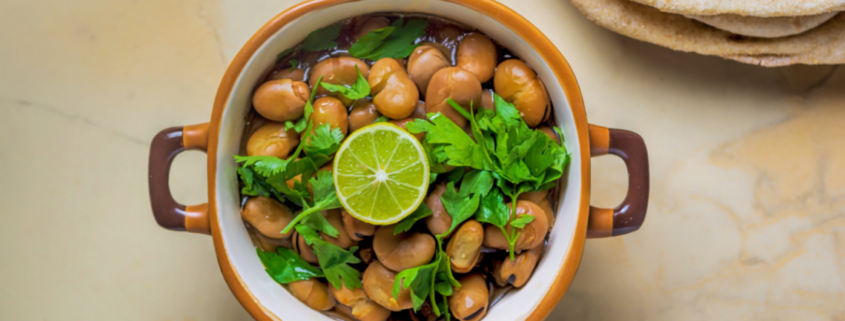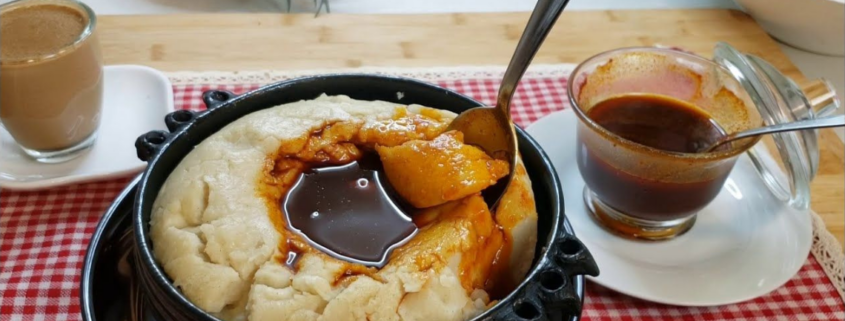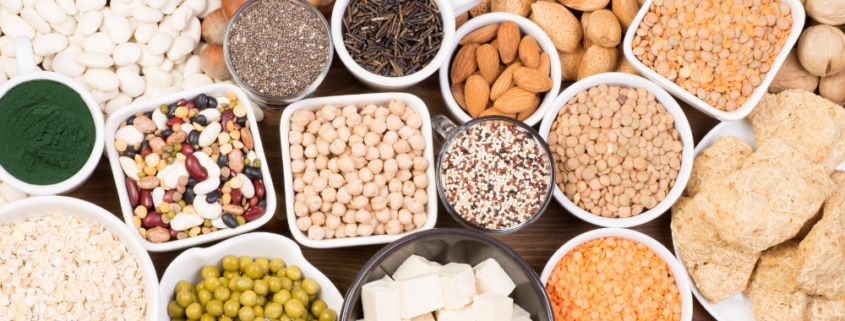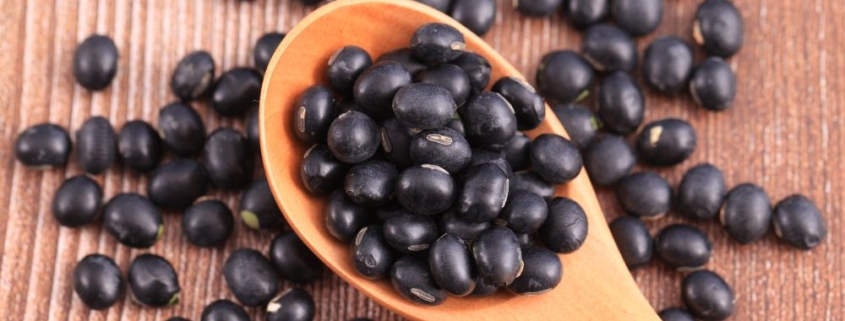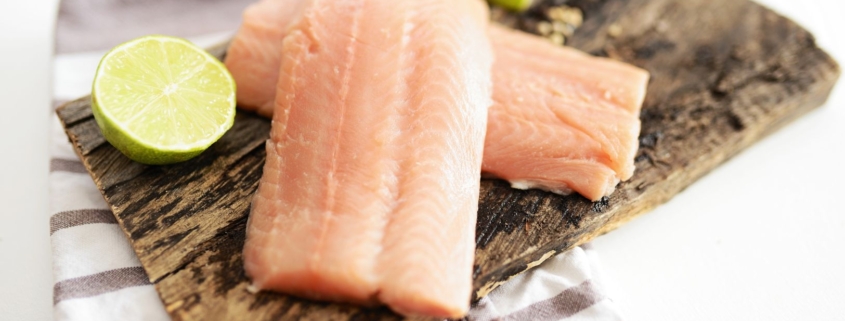Diwali, also known as the Festival of Lights, is a Hindu celebration during which people light lamps, set off fireworks and prepare an array of mouthwatering dishes. Here are two Diwali recipes you may want to work into your own breakfast program:
Carrot Halwa: Carrot halwa is a rich, creamy, melt-in-your-mouth pudding studded with fruits and seeds (and sometimes nuts). Its vibrant colour and flavour make it a staple for Diwali, as well as other Indian festivals and special occasions throughout the year.
Aloo Tikki: Aloo tikki is a seasoned potato patty. It can be stuffed with a chaat masala spice blend, chana dal (split chickpeas) or other ingredients. But for this recipe, let’s stick to the basics.
Carrot Halwa
8 to 10 small servings
Ingredients
- 1 tbsp. (15 ml) olive oil
- 1½ lb (750 g) carrots, peeled and grated (using the large holes of a box grater)
- 8 green cardamom pods, seeds only, crushed
- 3½ c. (825 ml) whole milk
- 1½ c. (350 ml) unsweetened applesauce
- ¾ c. (175 ml) raisins
- ½ c. (125 ml) pumpkin seeds or chopped nuts
Directions
- Heat the oil in a heavy, high-sided skillet or large saucepan. Add the crushed cardamom seeds and stir until fragrant, about 30 seconds. Add the grated carrots and sauté for about 3 minutes.
- Add the milk and bring to a boil. Continue to boil, stirring constantly, for 5 minutes. Reduce the heat to low and simmer uncovered, stirring occasionally to keep the milk from forming a film or scorching on the bottom, about 45 minutes. The milk should be reduced by over a third.
- Add the applesauce and raisins, and stir to combine. Increase the heat to medium and cook, stirring frequently, until the mixture is thick and glossy, 10 to 15 minutes.
- You can serve the halwa warm or cold. If serving warm, scoop into bowls, sprinkle with the seeds or chopped nuts, and serve. If serving cold, press the halwa mixture into small ramekins or bowls and chill. When ready to serve, flip out onto plates if desired, sprinkle with the garnish, and serve.
Note: Can be made ahead of time and refrigerated. Will keep for 2 to 3 days.


